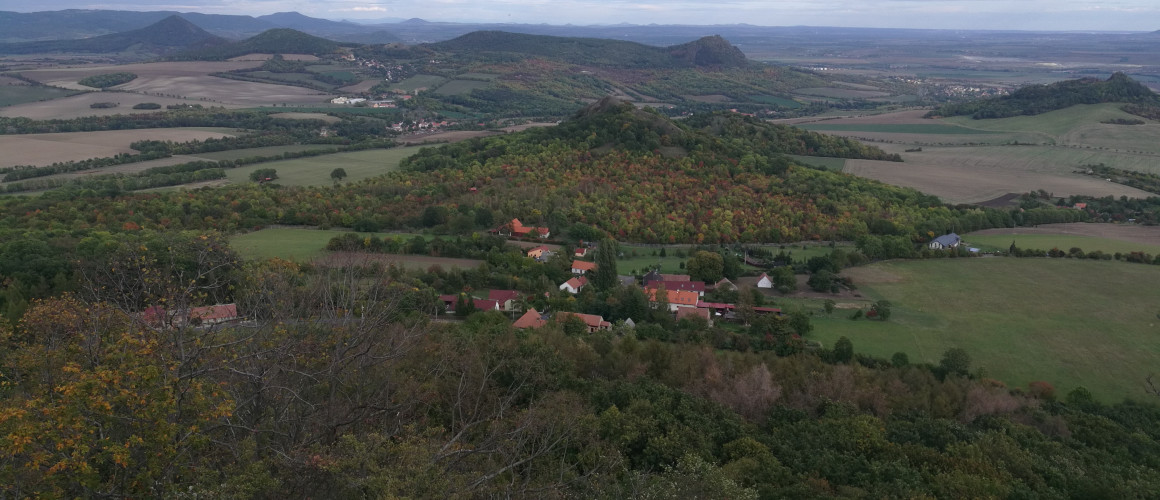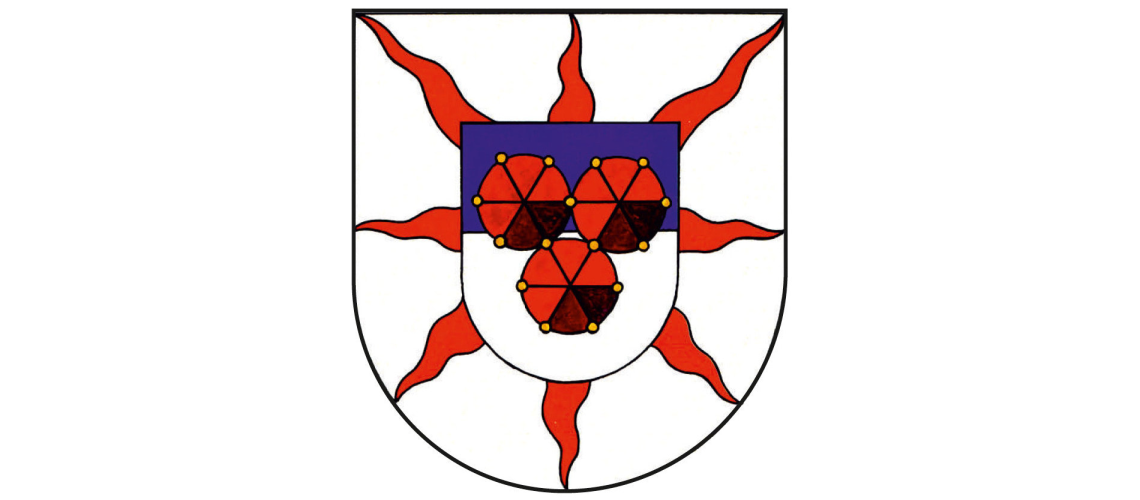
Route through the castles of the Bohemian (Milesovské) Central Highlands
Take a trip on foot or by train along the Plum Railway to see nature and the ancient past of the castle ruins.
A long-distance hiking trail called the Golden Trail of the Land of Castles passes through virtually the entire destination of the Bohemian Central Highlands. Discover several lesser-known castles or castle ruins in the eastern part of the Bohemian Central Highlands, also known as the Milesovské Mountains.
Route
It combines pedestrian and train - the Plum Railway.
18 km - Třebenice - Třebívlice - route here.
15 km - Třebenice - Třebílivce without a stop at Blešno and Košt'ál - route here.
Start
Litoměřice, Lovosice by train to Třebívlice, or directly in Třebívlice
Target
Trebenice; you can also start the other way around
In Třebívlice there is a classicist castle, which is used as a school, but you can also visit the exhibition of Ulrika von Levetzow - the last love of the world-famous poet J.W. Goethe. In Trebivlice you can also buy wine from the local winery Johann W.
The blue hiking trail, which is also called the Hussite Trail through the Land of Castles, will first lead you to Dřemčice, from where you can turn to the first remains of the once wooden Blešno Castle and then continue through the Orchid Meadows below Solanská hora (a natural attraction) to the ruins of Oltářík Castle. When you have had a rest and seen everything in peace, continue north from Oltářik along the blue trail and at the crossroads Děkovka join the red trail, which is also the main trail marked Golden Trail of the Land of Castles.
Through the village of Děkovka you will reach Vlastislava. Here you can visit another castle ruin - the ruins of Skalka Castle. The most distinctive remnant of the castle is the circular tower. The castle was damaged during the Thirty Years' War and instead of repairing it, a castle was built just below the castle, which you can also visit here.
From Vlastislava, continue along the red trail to the Košt'ál hill, where the ruins of Košt'ál Castle stand . On the hill you will now only see the ruins of a medieval building, but you will have a beautiful view of the surrounding landscape of the Bohemian Central Highlands. Once you have enjoyed the view, continue down the red trail to the small town of Třebenice. In Trebenice, be sure to stop at the local chocolatier for a sweet treat before you leave .
Stops

Třebívlice
The first mention of the village of Třebívlice dates back to 1318, when Mikuláš of Třebívlice is mentioned. In the 14th century, we know several local lords and knights in connection with Třebívlice. We do not know where exactly they were; at the beginning of the 15th century, however, it is documented that there were two courtyards and two fortresses in Třebívlice - the upper and lower.
At that time, the village was divided for a long time and the owners of the individual parts probably changed quickly. The most historically important figure among them was Zikmund Řepanský of Hrádek (? - † before 1434), a radical Hussite and an important Tábor ideologue, who later moved to the extreme position of picarty; he held part of Třebívlice sometime after 1408. In 1470, the holder of the lower fortress was Evan of Údrče, whose heirs bought the upper fortress in 1560. In 1586, the sons of Vojtěch of Údrče divided the inheritance and since then Třebívlice has been divided into Horní and Dolní. The era of the Klebelsbergs, who rebuilt the lower fortress into a chateau in the 1880s, is remarkable in the history of Třebívlice. To the Klebersber family also belongs (the stepdaughter of František Klebelsberg) the well-known Ulrik von Levetzow (1804 - 1895), the last great love of Johann Wolfgang Goethe. Ulrika is buried in the local cemetery.
Třebívlický chateau is a simple classicist building built on the site of an older chateau demolished in 1837; today it houses a school and a pavilion with a museum of Ulrika von Levetzow in the park. Other important monuments are the church of St. Wenceslas rebuilt at the end of the 17th and the beginning of the 18th century, a baroque chapel from 1731 and a baroque rectory from 1787. Now, a wine-growing tradition is being purposefully built in the village.
